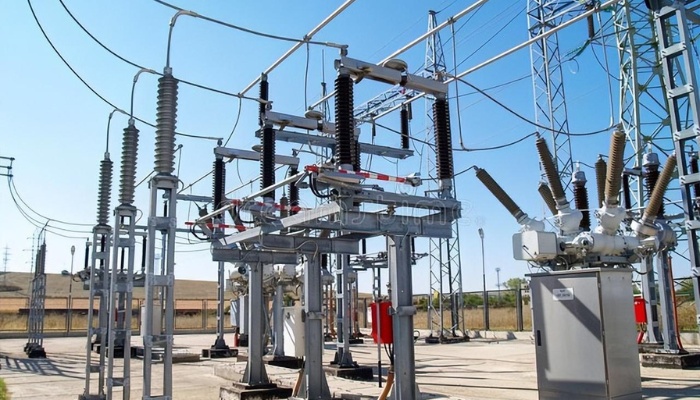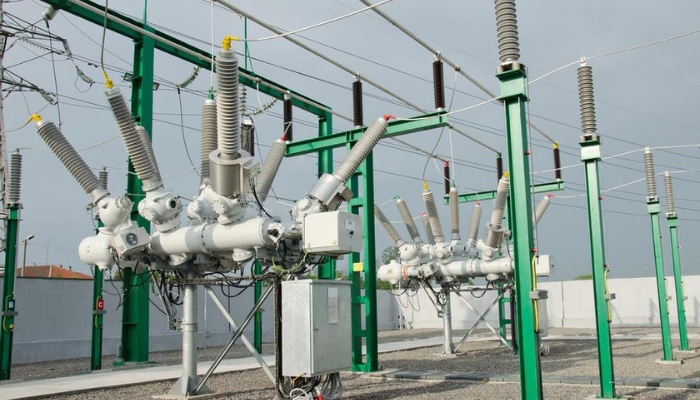What is an integrated automation system for an electrical substation?

(1) it is a comprehensive application of high-tech technologies such as automation technology, computer technology, signal processing technology, communication technology, and modern power electronics technology in the field of substations. The secondary equipment of the substation (including measuring instruments, signal systems, relay protection, automatic devices, and telecontrol devices, etc.) will undergo functional combination and optimization design. By utilizing the above technology, comprehensive automation functions such as automatic monitoring, measurement, automatic control, and protection of the main equipment and transmission lines and distribution lines of the entire substation, as well as communication with the dispatch center, will be achieved.
(2) The essence of comprehensive automation system in a substation is based on computer technology. By recombining, interconnecting, and computerizing the original secondary systems and functions of substations, such as protection, instruments, central signals, and remote control devices, it integrates substation protection, measurement, monitoring, and remote control, completely replacing conventional secondary equipment in substations and simplifying substation secondary wiring. By exchanging information and sharing data among various devices within the substation integrated automation system, the monitoring and control tasks of substation operation are completed.
(3) The comprehensive automation system of the substation has the characteristics of comprehensive functions, computerized system structure, digitalization of measurement and display, screen operation and monitoring, and intelligent operation management. Substation comprehensive automation is the collection of various substation information, such as bus voltage, line current, electrical quantities on each side of the transformer, and various primary and auxiliary equipment (such as circuit breakers) in the substation, through microcomputer based protection and measurement and control units. The collected information is analyzed and processed, and through computer communication means, relevant information is exchanged and transmitted to each other to achieve substation operation monitoring, control Coordination and management. Different from the traditional substation secondary system, each protection and measurement and control unit is relatively independent (for example, the relay protection device does not rely on communication or other equipment, can independently and reliably complete the protection and control function, and quickly remove and isolate faults); Through computer communication, information is exchanged between each other, achieving data sharing, coordinating and cooperating work, reducing cable and equipment configuration, adding new functions, and improving the safety and reliability of the overall operation and control of the substation.
What are the two aspects of an integrated automation system for an electrical substation?
(1) Horizontal integration: Using computer means to connect equipment from different manufacturers together, replacing or upgrading old equipment.
(2) Vertical integration: At the substation level, it provides information, optimization, comprehensive processing and analysis of information, and adds new functions to enhance coordination capabilities within the substation and among control centers. If artificial intelligence technology is borrowed, online diagnosis and event analysis of substation control and protection systems can be achieved in the control center, or automatic recovery after grid faults can be achieved under the coordination of local automation functions in the substation.
The key difference between comprehensive automation system for substations and general automation lies in whether the automation system performs protection, detection, and control functions as a whole. Remote control equipment includes the following contents:
(1) Remote control device host.
(2) Remote control dedicated transmitter and its panel frame.
(3) Remote control modem.
(4) Power summation device.
(5) Telemetry receiving instrument.
(6) Dispatching panel, remote control components on the platform, and their connecting cables.
(7) The remote control side interface between the remote control device and the computer.
(8) A dedicated connecting cable from the remote control device to the terminal of the communication equipment wiring rack.
(9) Special cables for remote control information input and output circuits at the factory and substation ends.
(10) Special power supply equipment and its connecting cables for remote control devices.
(11) Remote control, remote adjustment execution and its components.
(12) Remote control adapter frame and other peripheral devices of the remote control device.
PowerTel & his expert engineers are dedicated to providing you a complete solution for your electrical substations, from technical consulting, initial & optimal design, package supply of materials, transformers & electrical switchboard , construction & installation to final testing & comissioning.
Please feel free to contact our engineers.
